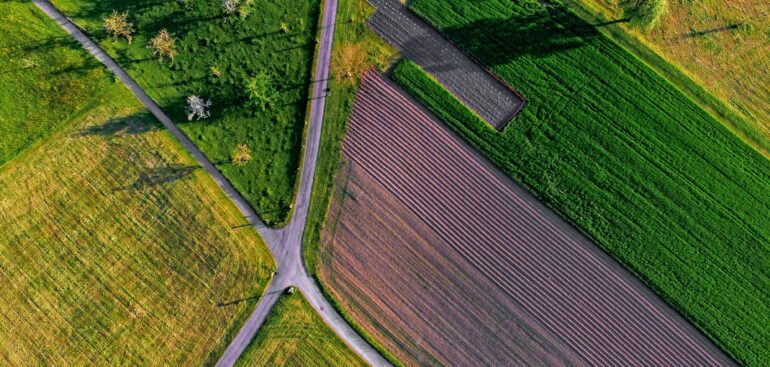Latest
Carbon Projects on Leased Land
Please note that this article does not constitute legal advice.
There is often confusion regarding the execution of carbon offset projects between the land owner (lessor), land operator (lessee), and other involved parties. In the context of agriculture, nearly 40 percent (353.8 million acres) of all U.S. farmland is rented or leased according to USDA data. Problems that arise from a lack of a clear carbon lease agreement documentation include:
- Ownership issues (who owns the offsets, the landowner or the lessee)
- Additionality safeguard concerns (what happens when the lease changes hands?)
- Assignment of Liability Issues , and
- Deviation from core sustainability and conservation principles.
Ownership Issues
In the context of a carbon project on leased land, who owns the resulting carbon credits– the operator on the lease or the landowner?
To best address this issue, PanXchange suggests addressing capital improvements clauses in the lease. Under common law, when a lease concludes, all permanent improvements become the property of the landowner, regardless of who funded those improvements, unless stated otherwise. Nevertheless, a lease clause that permits the tenant to gain ownership rights over certain improvements they financed, like permanently sequestered carbon stored in the soil, encourages the tenant to make investments in the land and its structures. Regardless, when discussing reimbursement for improvements, it is essential to have a clear and documented conversation about necessary enhancements, associated costs, and the respective contributions of each party involved.
Though enhancing the environmental condition of the land is typically appreciated by both parties, there are currently no established guidelines or standardized methods to determine the value of such contributions or how they should be adequately incorporated into a lease agreement. However, PanXchange holds the view that purchased land and/or longer-term leases may have a more streamlined path to executing a carbon project from a legal standpoint.
Permanence Safeguard Concerns
According to conventional criteria in the voluntary carbon offset markets, greenhouse gas emission reductions or removals resulting from the mitigation activity should reflect a permanent change to the status-quo, or if there is a possibility of reversal, appropriate measures must be in place to address those risks and provide compensation for any reversals.
Without adequate documentation in place between the landowner and lease operator, there is a risk of reversal of climate benefits and no contractual obligations to remedy them. This extends to future lease holders as well, depending on the tenure of both the lease(s) and the proposed carbon project(s). As a result, a lack of documentation between lessee and landowner could be a disqualifying factor for a carbon offset project.
Liability Issues
There are liability issues that can arise from carbon offset projects, and without a clear designation as to the assignment of liability in that event, it can present a legally precarious situation when it does. Some examples of possible liability exposures include Impacts to land within or outside the project area, injury or damages that occur outside of the scope of activities permitted in the lease.
If damages are incurred during the execution of a carbon offset project, including during the monitoring and auditing by a third party, who bears liability? The landowner? The lease operator? The third party themselves? Landowners and leaseholders should thoroughly examine and comprehend the land use limitations and other responsibilities associated with a carbon lease before engaging in it.
(4) Deviation from core sustainability and conservation principles.
An ethical and reliable voluntary carbon market has the potential to expedite the adoption of emerging technologies, safeguard and enhance nature and biodiversity, and provide essential financial support to indigenous peoples and local communities who play a crucial role in preserving our primary, nature-based carbon sinks. By failing to address the relationships between land owners, operators, and all relevant stakeholders, this presents a risk to the reputation and integrity of carbon offset projects and potentially deprives certain people and communities of fair financial remuneration. Large projects of any kind, including carbon offset projects rely on a social license to operate. Without the cooperation of all involved stakeholders, progress becomes exceedingly unlikely if not impossible.
Opportunities in the Voluntary Carbon Market (VCM)
There is ample opportunity to address the issue arising from carbon offset projects on leased land – especially as approximately 40% of US agricultural land is lease, and the average lease length is approximately 3 years. PanXchange believes that a proper lease agreement, if not a separate agreement addressing the above issues in the VCM is essential. It could also stimulate substantial momentum in the voluntary carbon markets. PanXchange also holds the view that the emergence of voluntary carbon markets may influence a stronger trend toward purchased land and/or longer-term leases, providing a more streamlined path to executing a carbon project that demonstrates permanence from a legal standpoint.


